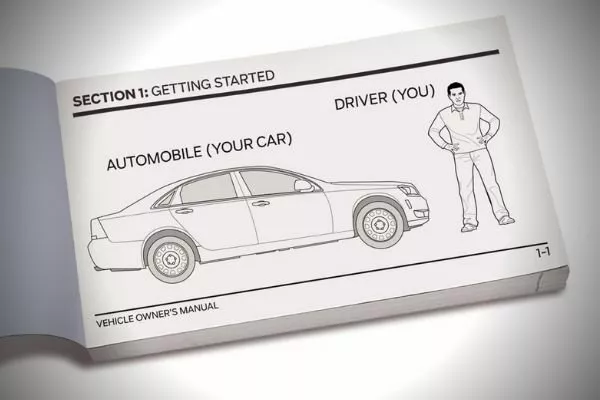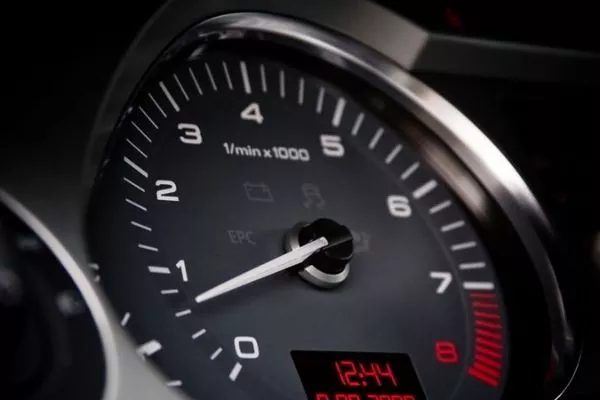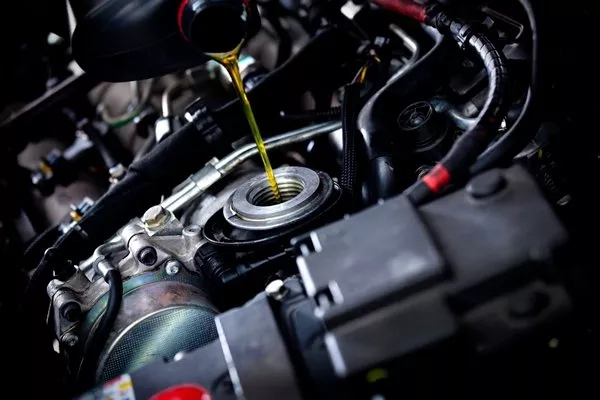If you’ve been around vehicles or have at least some experience with them, then you’ll have heard of “breaking-in” a new car.
For those who aren’t aware, breaking-in a car refers to the procedure of “conditioning” a new machine by letting it undergo an initial running period under a light load. To be more specific, this process causes the many moving parts of your new car to “settle” with each other.

A typical internal combustion engine has hundreds of moving parts
That said, braking-in a car is one of the most important steps a new car owner should do for its new ride. A proper break-in ensures the reliability of your car’s engine, while just revving it out of the dealership will cause huge problems in the long run.
There is, however, a lot of conflicting advice floating around on the internet regarding a car’s break-in process. Most of these are based on anecdotal evidence, with a healthy dose of confirmation bias.
And no, you don’t want to rely on sketchy unfounded tips from a random car forum if you’re unsure if it means the long life or early death of your beloved new car, right?

A proper break-in ensures that you'll get the most out of your brand-new car
So what’s the safe way to break-in a new car? Here are some tips that we’ve gathered from our years of experience, car manuals, and many car experts.
The best ways and tips on how to break-in a new car’s engine and other components
1. Consult your car manual
After receiving your shiny new car, a practice we encourage you to do is to read the car’s manual thoroughly. Sit down, relax, and open up that booklet.
You might not be able to do this in one sitting since modern car manuals are very long reads, but do note that these contain crucial information about your new whip. These include the basic operation of your car, maintenance, and even how to break-in your new car.

Car manuals are can be long and boring, but we highly advise you to read them
2. The first 1000 kilometers
If you’re asking how many miles to break in a new car, then the answer is that this will vary depending on the engine.
As a rule of thumb though, we recommend not revving up your car more than 3,000 rpm for its 1,000 kilometers. Beyond that point, you can gradually increase the RPMs.

Keep those RPMs low during the break-in period
Apart from the engine, a car’s break-in process doesn’t just involve the engine. You’ll also need to break-in the car’s transmission, and maybe even the car’s suspension system. A new set of brake pads will even need a break-in period. More on that later.
As such, we recommend changing your car’s gears at a low RPM. With regard to suspensions, you should also avoid loading your new car with heavy stuff. That’s because your car’s engine will exert more effort when you carry more load.
How to break in an automatic car? Yeah, the idea is still the same. One should still stay under 3,000 rpm for 1,000 kilometers.
And, how to break in new brake pads on a car?
For this, experts recommend the 30-30-30 procedure. Do this by making 30 gradual stops from a speed of 48 km/h, with a 30-second interval for each stop. This will allow the brake’s resin to cure without overheating.
Remember, new cars will most likely come with new brake pads too, so don’t forget to do this.
3. Avoid short trips as much as possible
Short trips for an engine that hasn’t been broken in can cause problems. This is because an engine that hasn’t warmed up yet needs to work harder, thus putting more strain into its components especially on the car’s oil delivery system.
As such, we recommend taking a new car for long road trips so that it can warm up properly.

Even sports cars need to take it slow for a proper break-in
For long trips though, you might need to take the highway. Regardless, we recommend going at a slower pace and not be tempted to accelerate or rev up your engine more than the recommended 3,000 rpm.
4. New cars have less grip
As we’ve said, most of your new car’s components are also new. This of course includes your car’s tires. This also means that it cannot offer the grip needed for tight turns, traveling at speed, and sudden braking. Why? That’s because most new tires are covered in a thin sheen of lubricant.
This is done to preserve the rubber since brand new tires will take their sweet time being shipped, stored in a warehouse, and finally getting installed on your car. Again, drive at a regular speed when breaking-in a new car, or when you’ve just installed new tires.
>>> Related: Car tires in the Philippines: Different tires sizes and types, what to buy
5. Oil change
When a car is in the process of breaking-in, the engine will have produced small amounts of metal fillings and other undesirable gunk. If ignored, these can accumulate in your oil and in your engine. In the long run, these deposits will cause damage.
To combat this, we advise you to have an oil change once your odometer reads 160 km. Some of you might want to do this later, but we’re confident changing your oil only after 160 km will ensure your engine’s longevity.

Flecks of metal in your car's oil is definitely bad news. So do change your oil after 160 km
>>> Related:
- What drivers need to know when not changing engine oil
- 3 things to keep in mind when changing oil for automatic transmission cars
6. If in doubt, consult the manual
If you’re uncertain about any of these steps and tips, you can always consult your car’s manual for the best way to break in a new car engine. If that doesn’t help, give your car dealership a call.
For more car maintenance tips, keep reading here on Philkotse.com.
Recent posts
- tips for new car owners Oct 22, 2020
- Red flags to look our when buying a new car Oct 22, 2021
- Car buying tips: 5 simple steps to check the engine of a used car Nov 30, 2022
- Does a small engine mean fuel efficiency? Oct 20, 2020
- 3 important milestones for new car maintenance schedule Oct 22, 2020












